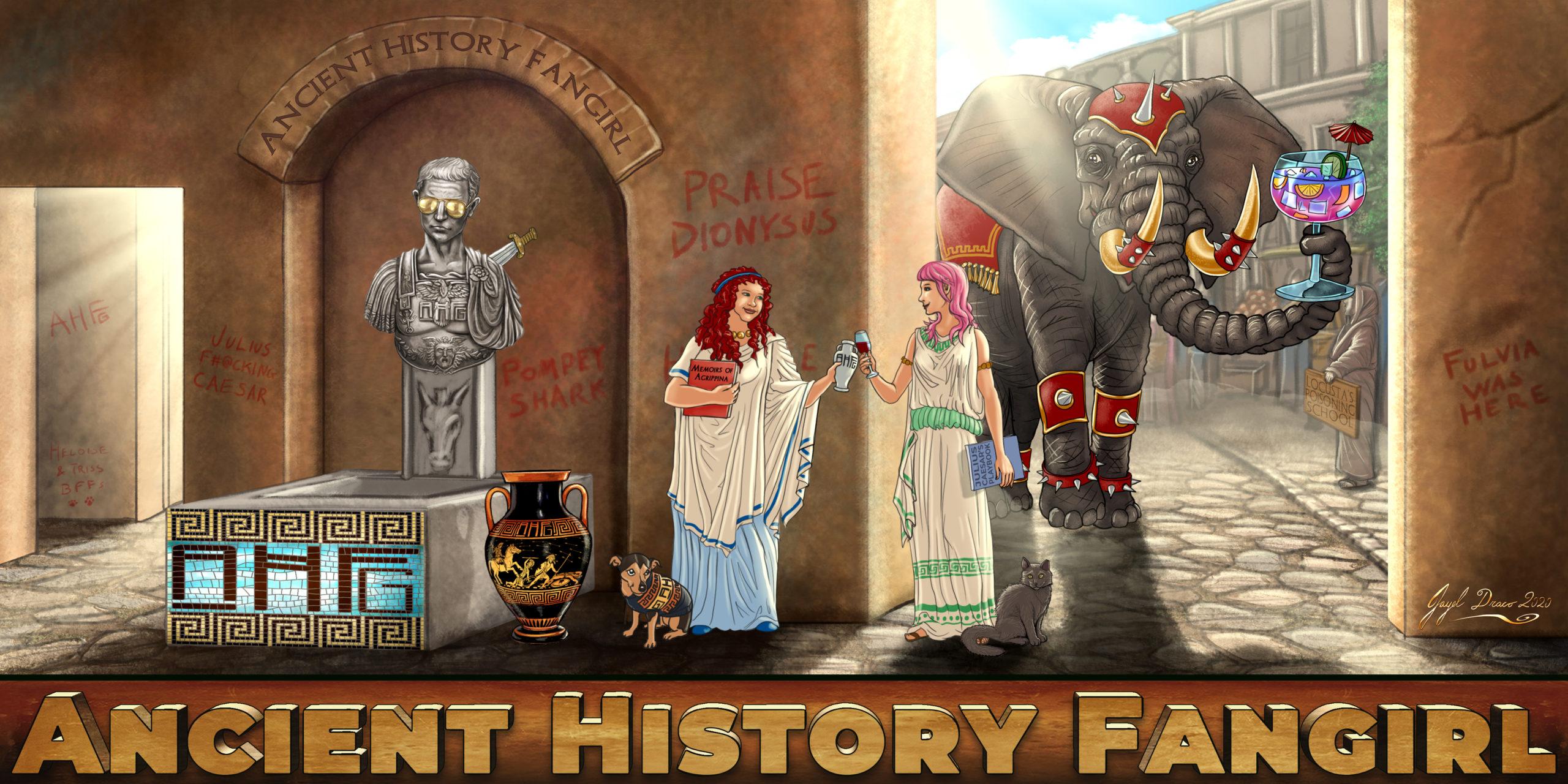Warrior Women of the Ancient Steppe: The Show Notes
First, before we talk about anything else: Here’s a link to that museum exhibit on the Scythians that Genn and I saw at the British Museum. It’s a great introduction to all things Scythian!
Here is that vase we mentioned where Achilles kills Penthesilea. Nightstick fracture, waiting to happen:

And the Scythian art of horseback archery has not been lost to time. It’s alive and well–check out these incredible female equestrian archers!
Here is a video of how to string your Scythian bow. Now when you run off to join the Scythians, you won’t whack yourself while stringing your bow and the rest of your tribe won’t rag you mercilessly for being a noob. You’re welcome.
Feast your eyes on this STUNNINGLY beautiful Akhal Teke stallion! This is a real horse:
Here are more breathtakingly beautiful Akhal Teke horses. Note the almond-shaped eyes–a feature distinctive to this breed.








…And this is what happens when I go looking for ONE picture of a beautiful Akhal Teke horse to show you. I suddenly can’t decide which is the most stunning, so I have to show you all of them.
This is a very ancient breed of horse. Here’s an article about a golden horse discovered in a 2,000-year-old Chinese tomb!
On to the tattoos! (This will be a very visual show notes). Here are some pictures of tattoos on Scythian mummies:




And we totally know what you’re thinking: “How do I get that exact same set of tattoos on my own body, effective immediately.” Well, at least one other person already had that thought.
On to the sources. We couldn’t have written this episode without Adrienne Mayor’s Amazons: Lives and Legends of Warrior Women Across the Ancient World. Here’s where you can get it (and learn even more about these incredible warrior women):
John Man’s Searching for the Amazons: The Real-Life Warrior Women of the Ancient World also gave us a lot of valuable information:
We relied a lot on Herodotus’ Histories (David Grene translation):
Also Pomponius Mela’s Description of the World (Frank E. Romer translation):
Apollodorus’ The Library, translated by James George Frasier:
The Genuine Works of Hippocrates was also helpful:
Also, here are some articles we liked:
Simon Worral. “Amazon Warriors Did Indeed Fight and Die Like Men.” National Geographic.
Jennie Cohen: “Horse Domestication Happened Across Eurasia, Study Shows.” History.com.





Leave a Reply